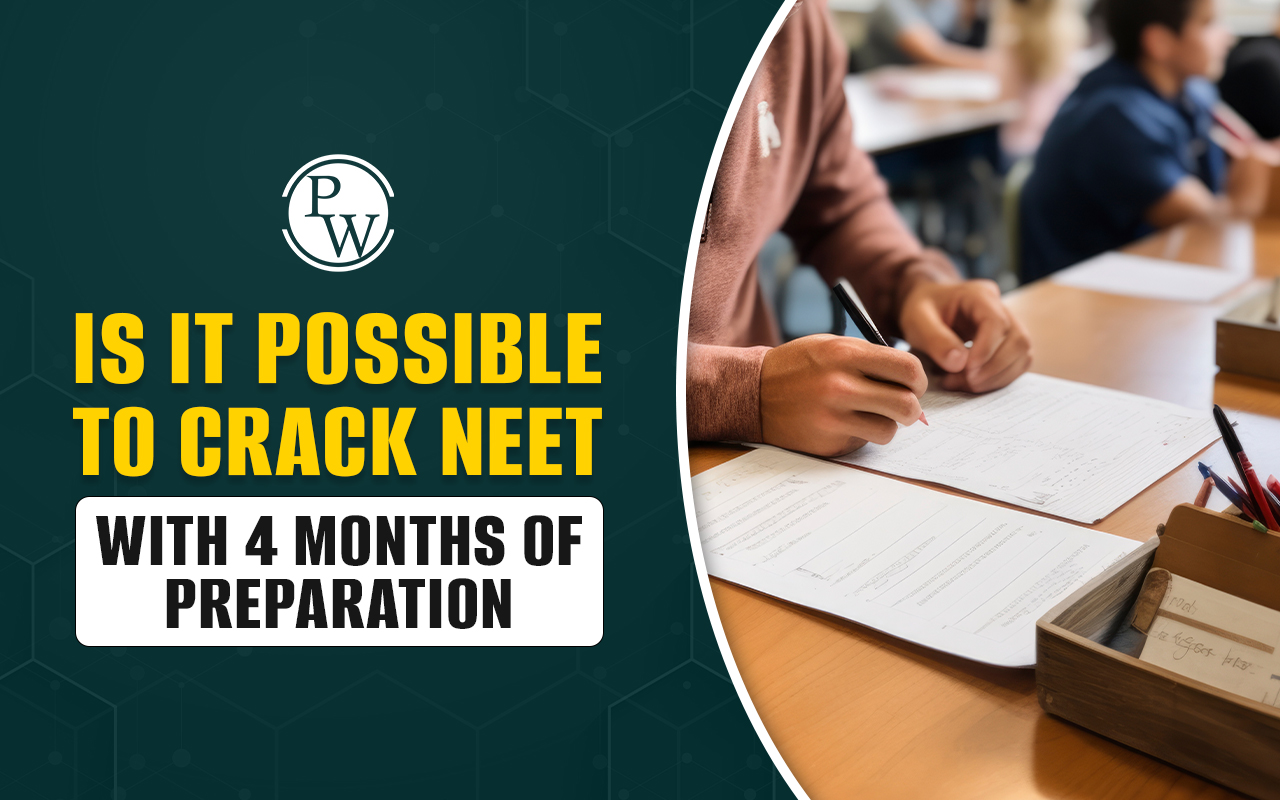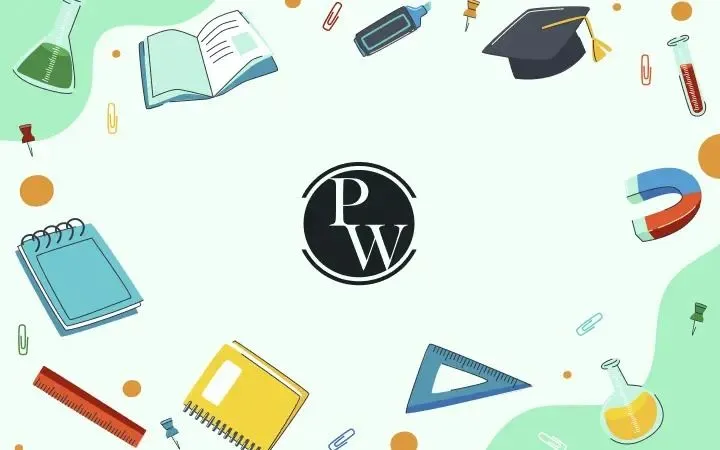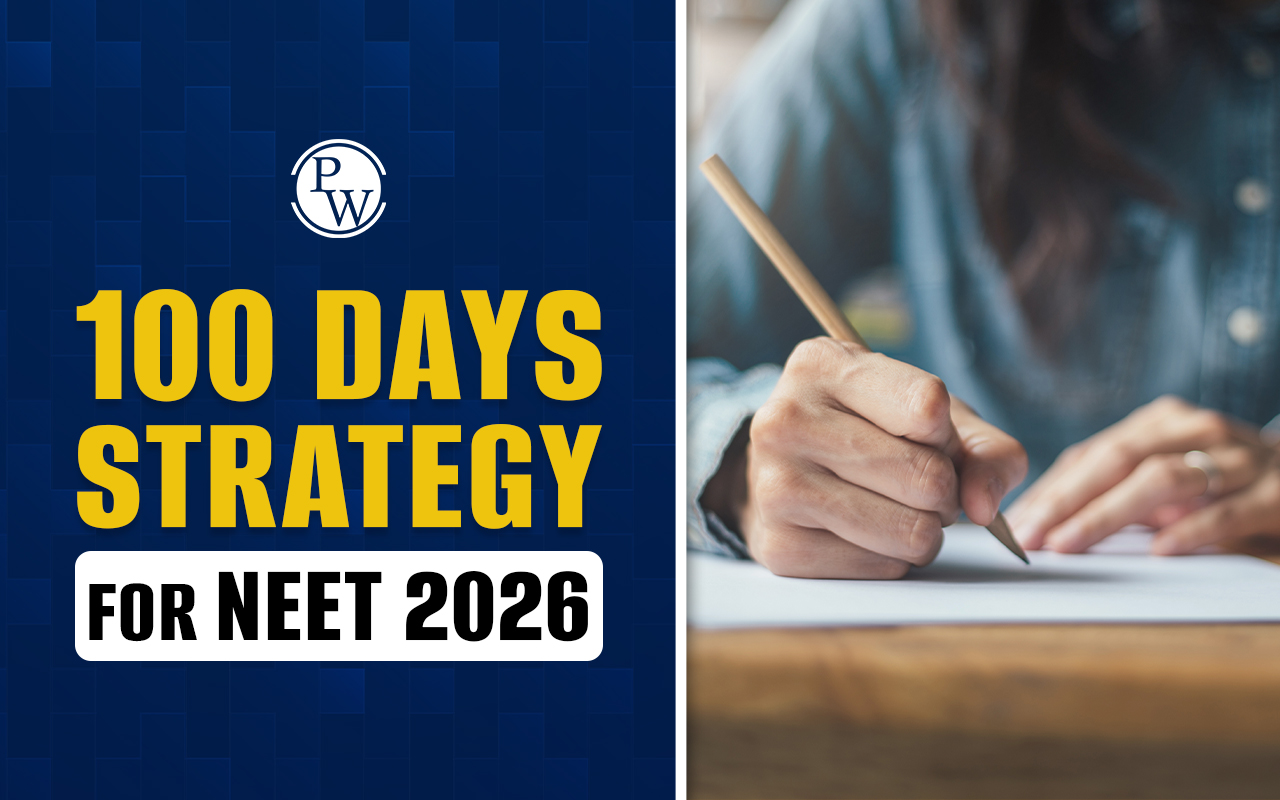
Sweat Glands: Sweat glands, also known as sudoriferous or sudoriparous glands (from the Latin word for 'sweat'), are small tubular structures in the skin that produce sweat. These glands are a type of exocrine gland, which means they secrete substances onto an epithelial surface through a duct. There are two main types of sweat glands, each differing in structure, function, secretory product, excretion method, and anatomical location.
Additionally, some glands are modified apocrine sweat glands, such as ceruminous glands (which produce ear wax), mammary glands (which produce milk), and ciliary glands in the eyelids. The detailed NEET Biology Notes on the topic of sweat glands are provided in the article below.
Sweat Glands Definition
Sweat glands, also known as sudoriferous or sudoriparous glands, are exocrine glands located across the skin. The term "sudoriferous" comes from the Latin word "sudor," meaning "sweat." There are two main types of sweat glands:
Eccrine glands are present all over the body and release a watery fluid that helps cool the skin. Apocrine glands are primarily located in the armpits and around the anal area, secreting a thicker, more odorous substance.
While there are several microscopic differences between these glands, they share a basic structure, comprising both a secretory segment and a duct for excretion.
Sexual Reproduction in Flowering Plants
What is Sweat?
Sweat is generated by glands located in the deeper layer of the skin, known as the dermis. These glands are distributed throughout the body but are especially concentrated on the forehead, armpits, palms, and soles of the feet. Sweat primarily consists of water with some salts. Its main purpose is to regulate body temperature. When sweat evaporates, it cools the skin's surface. Additionally, sweat helps improve grip by slightly moistening the palms.
Sweat Glands Structure
Sweat glands consist of a secretory unit located in the deep dermis or subcutaneous tissue and a duct that extends from the secretory unit to the skin's surface. Through this duct, sweat or other secretory products are expelled.
The secretory units of sweat glands are surrounded by contractile myoepithelial cells, which help in the secretion of the gland's product. The contraction of these cells is controlled by either hormones or nerve signals.
Sweat glands open onto the skin's surface or, in the case of apocrine sweat glands, into hair follicles. The part of the gland that opens onto the skin or hair follicle is called the acrosyringium. While sweat glands share a basic structure, there are significant differences between apocrine and eccrine sweat glands, which are discussed further in this article.
Structural Organisation in Animals
Sweat Glands Types
Sweat glands are coiled tubes originating from the outer layer of the skin (epidermis), but they are located in the dermis (the layer beneath the epidermis). These glands have secretory cells that encircle a central cavity, known as a lumen, where the sweat is released.
There are two main types of sweat glands:
- Eccrine glands
- Apocrine glands
Eccrine glands, which open directly onto the skin's surface through a duct, and apocrine glands, which typically develop near hair follicles and release their secretions into these follicles.
Note: Prepare for the NEET exam with the best study materials and affordable classes at Physics Wallah, the leading NEET Online Coaching platform. Enroll now!
Eccrine glands
Eccrine glands are simple, coiled glands primarily responsible for regulating body temperature. They secrete a hypotonic solution known as sweat, which cools the body as it evaporates. During sweat production, eccrine glands reabsorb some sodium and water, making the sweat hypotonic. Sweat also contains ammonia, urea, uric acid, and sodium chloride.
| Important NEET Biology Notes | ||
|---|---|---|
| Selaginella | Embryo | Malvaceae |
| Pinus | Polyembryony | Volvox |
Location and Structure
Unlike apocrine glands, eccrine glands are not associated with hair follicles. They are independent structures located throughout the skin, except on the lips and external genitals.
Eccrine glands have two main segments:
- Secretory Segment: Located in the deep dermis or superficial subcutaneous tissue.
- Duct Segment: Extends from the secretory segment to the skin surface, showing slight coiling.
Secretory Segment
The secretory segment consists of three types of cells resting on the basal lamina:
- Clear Cells (C cells): Produce the electrolyte-rich, watery component of sweat. They contain large amounts of glycogen, numerous smooth endoplasmic reticula, mitochondria, and a small Golgi apparatus.
- Dark Cells: Produce the glycoprotein component of sweat. They have numerous rough endoplasmic reticula, a well-developed Golgi apparatus, and secretory granules in the apical cytoplasm.
- Myoepithelial Cells: Contractile cells interspersed among clear and dark cells, filled with contractile filaments that facilitate rapid sweat excretion.
| Important NEET Biology Notes | ||
|---|---|---|
| Chara | Funaria | Apomixis |
| Rhizopus | Spirogyra | Bacteriophage |
Duct Segment
The duct segment connects to the secretory segment and extends to the skin surface, lined by stratified cuboidal epithelium:
- Basal Cell Layer: Deep layer with ellipsoid nuclei, prominent nucleoli, and abundant ribosomes and mitochondria.
- Luminal Cell Layer: Apical layer with smaller nuclei and glassy structures in the cytoplasm, representing accumulated tonofilaments.
Apocrine glands
Apocrine glands are coiled tubular sweat glands associated with hair follicles. They are primarily located in specific areas of the skin, including the armpits (axilla), areola, nipples, perianal region, and external genitalia. Apocrine glands produce a thick, oily substance that is yellowish and has a strong odour. This secretion occurs due to bacterial decomposition and is regulated by sex hormones, becoming active only at puberty. Unlike eccrine glands, apocrine glands do not reabsorb or modify their secretions. Structural Components The following are the structural components of apocrine glands:- Size: The secretory part is larger than that of eccrine glands.
- Storage: Apocrine glands store their secretions in their lumens, while eccrine glands store theirs in granules within the cells' apical cytoplasm.
- Cell Lining: The secretory segment is lined by a simple epithelium composed of a single cell type, which appears eosinophilic and has a protrusion at the apex. Initially, it was believed that this protrusion pinched off to release the secretion, hence the name "apocrine" (from "apex"). However, recent studies indicate that secretion occurs through merocrine secretion, where products are packed in granules and released via exocytosis.
- Cell Components: These cells are rich in lysosomes, mitochondria, lipofuscin, and have a prominent Golgi apparatus, particularly active during secretion.
Sweat Glands Function
Sweat glands are specialized exocrine glands located in the skin of mammals, including humans. These glands produce and secrete sweat, serving several essential functions:- Thermoregulation: Eccrine sweat glands help control body temperature. When internal body temperature increases, these glands release water onto the skin's surface, where it evaporates and cools the body.
- Waste Elimination: Sweat glands aid in removing waste products and toxins from the body.
- Skin Moisture: Sweat glands on the palms and soles maintain skin moisture, preventing flaking or hardening and preserving tactile sensitivity.
Sweat Glands Location
There are two main types of sweat glands in the human body: eccrine and apocrine.- Eccrine sweat glands are distributed across most of the body, with the highest numbers on the palms, soles, forehead, and armpits. They release sweat to help cool down the body. Eccrine glands are present in areas both with and without hair.
- Apocrine sweat glands are mainly located in regions where there are hair follicles, like the armpits, groin, scalp, and around the nipples. They produce a thicker, milky sweat that doesn't primarily contribute to regulating body temperature. Apocrine glands become active during puberty due to hormonal changes.
How do Sweat Glands Work?- Mechanism of Sweat Glands
Sweat glands are small glands in the skin that play a role in regulating body temperature and removing waste.
How eccrine sweat glands function:
- Stimulus: The hypothalamus, a part of the brain that controls body temperature, detects an increase in core body temperature due to factors like exercise, hot weather, or fever.
- Signal transmission: The hypothalamus sends signals to the sympathetic nervous system, which connects to the sweat glands.
- Sweat production: Eccrine sweat glands are activated to produce sweat. Sweat is primarily water, but also contains electrolytes (such as sodium and chloride) and other waste substances.
- Sweat secretion: Sweat travels through a duct and exits the body through a pore on the skin surface.
- Evaporation: When sweat evaporates from the skin, it absorbs heat, thereby cooling the body.
The amount of sweat produced depends on various factors:
- Temperature: Higher temperatures lead to increased sweat production.
- Humidity: High humidity reduces sweat evaporation, potentially causing more sweating.
- Fitness level: More physically fit individuals tend to sweat more effectively.
- Age: Sweat gland efficiency decreases with age.
Sweat Glands and Sabeceous Glands
Sweat glands are small glands present all over your skin. They create sweat, a clear liquid that helps control your body temperature. When you're too warm, sweat glands release sweat onto your skin's surface. As this sweat evaporates, it cools you down by taking away heat.
Sebaceous Glands
Sebaceous glands are oil glands located near hair follicles across most areas of your skin. They produce sebum, an oily substance that moisturizes and waterproofs your skin and hair. Sebum also has natural antimicrobial properties, which can safeguard your skin against bacteria.
In summary:
- Sweat glands produce sweat to regulate body temperature.
- Sebaceous glands produce sebum to moisturize and protect skin and hair.
NEET Exam Important Links NEET Biology Syllabus NEET Biology Diagrams NEET Biology MCQ NEET Biology Chapter wise Weightage NEET Biology Notes NEET Previous Year Question papers
Sweat Glands FAQs
What is the sweat gland in your body?
What is the primary function of the sweat gland?
Which body system is responsible for sweating?
How to activate sweat glands?
What is sweat made of?










